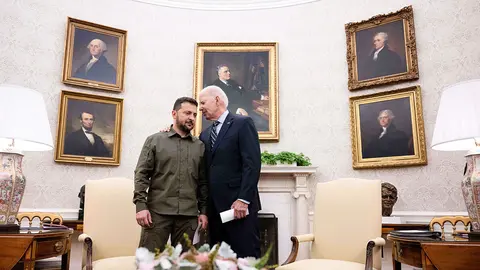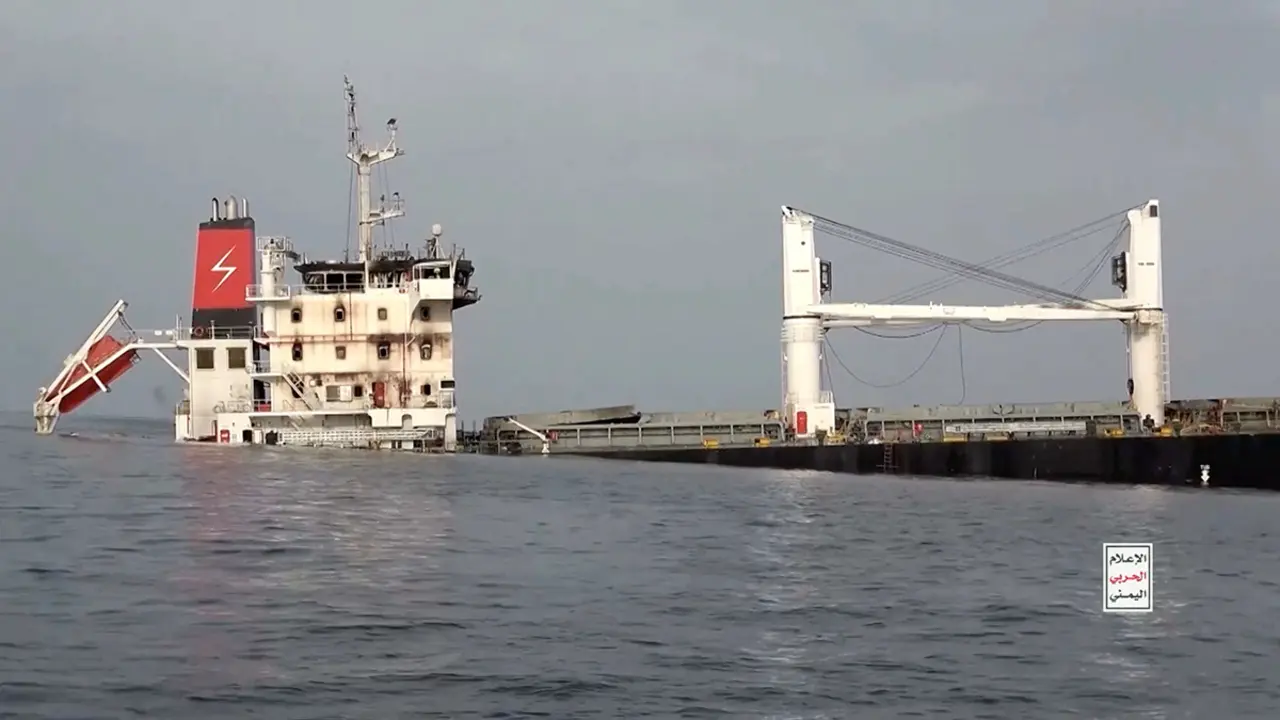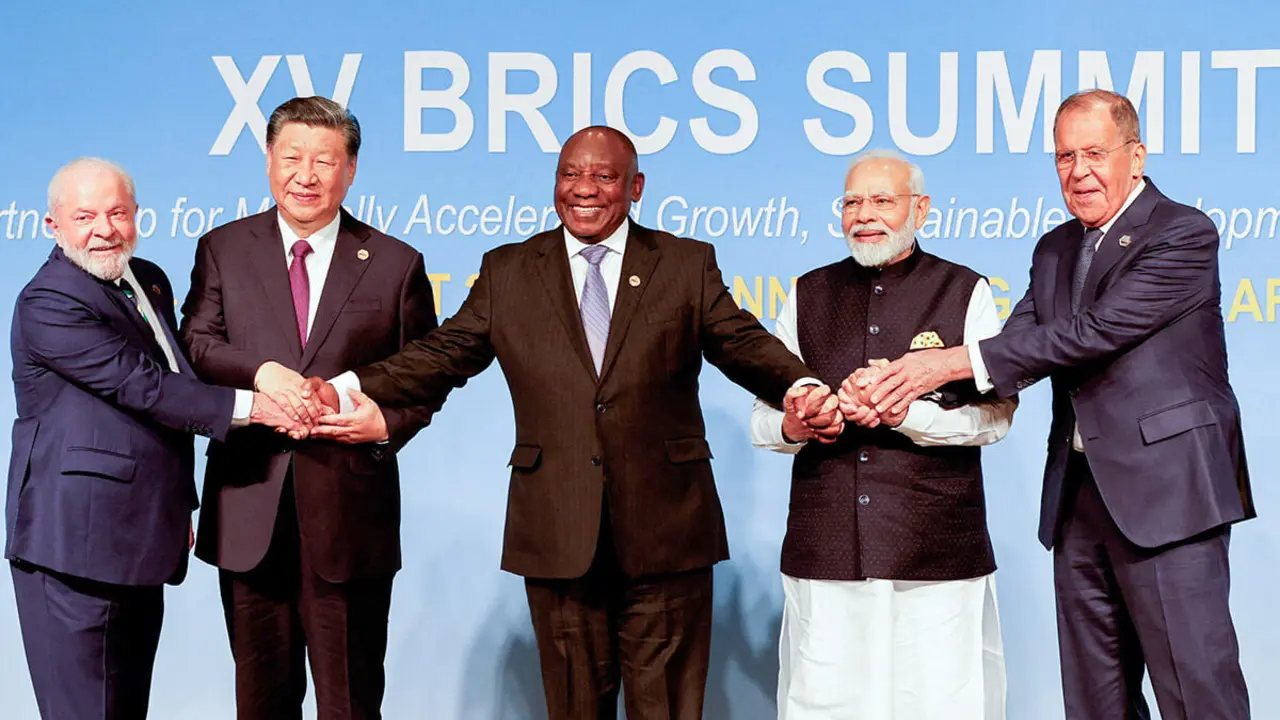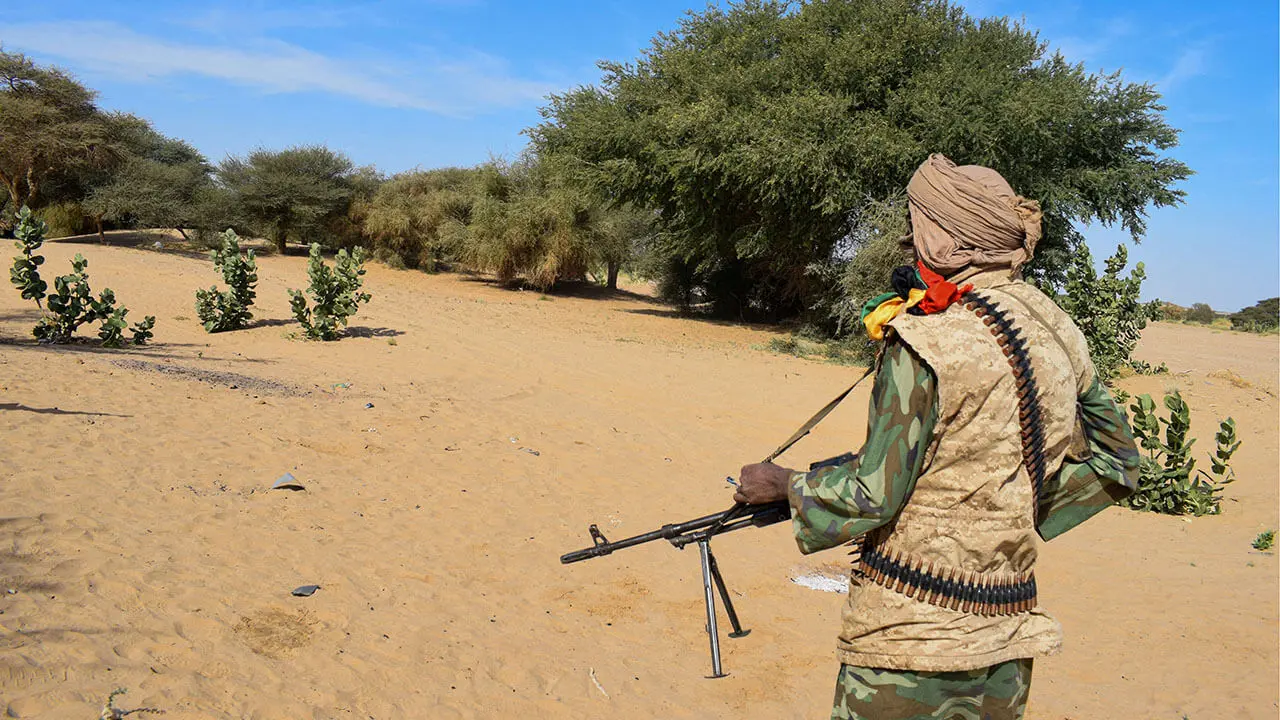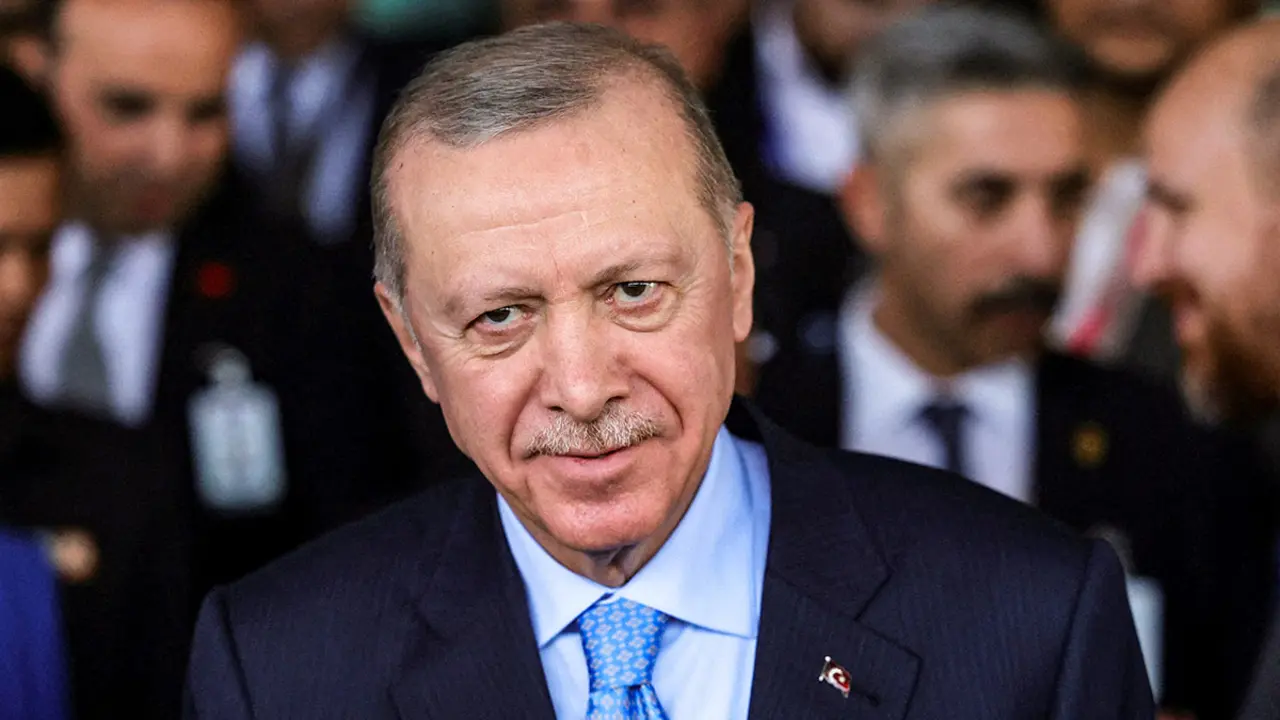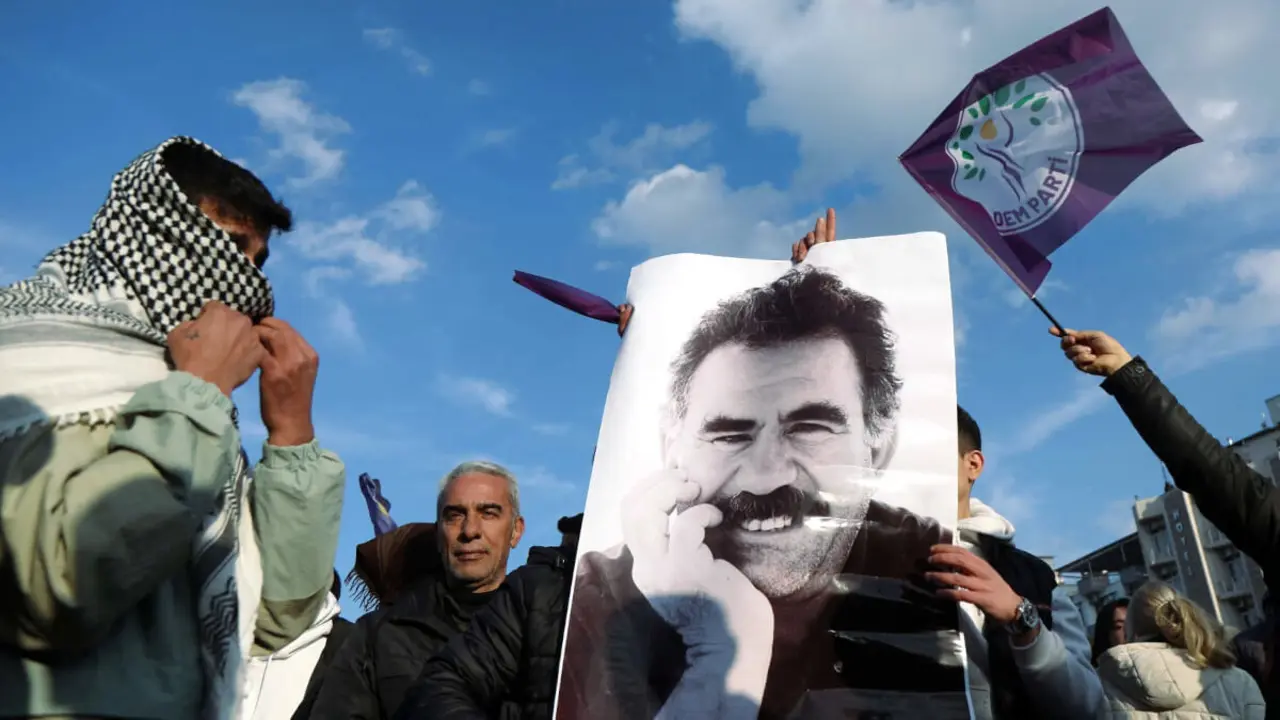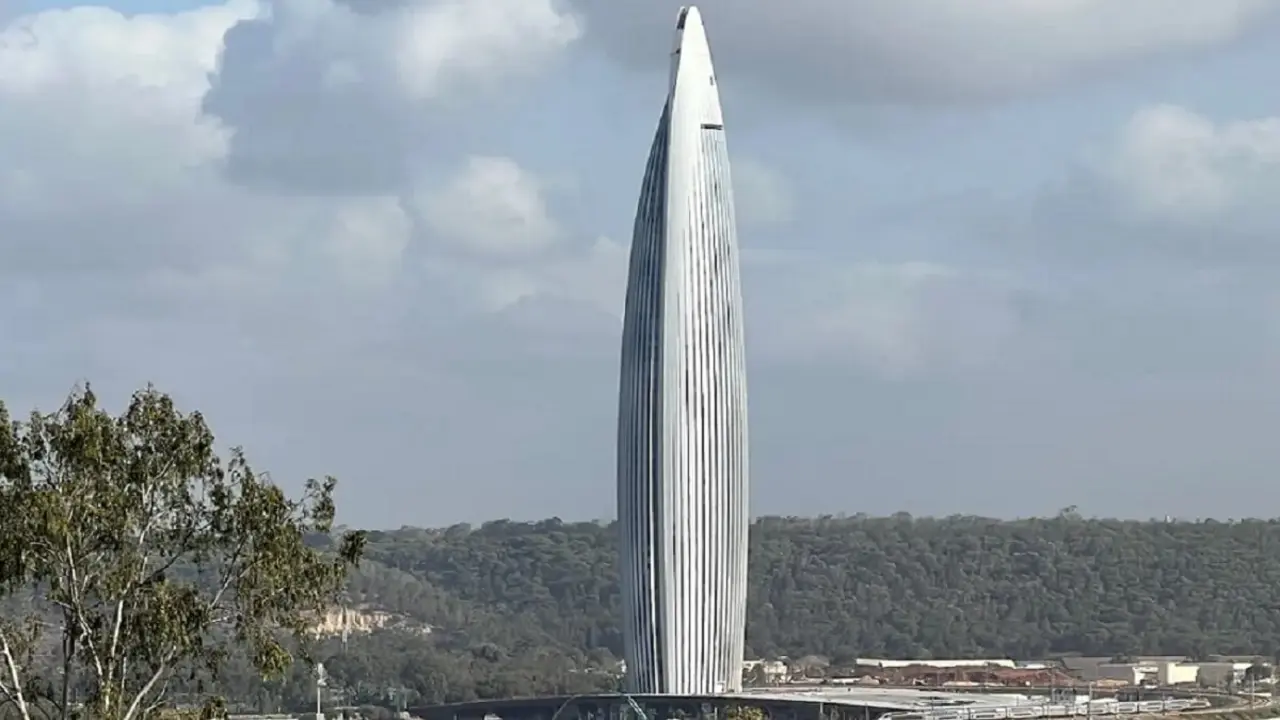Wars, like the one in Ukraine, cannot be fought without casualties

On the ground, the Ukrainians are gaining ground against the Russian invasion. Journalist and correspondent in Ukraine María Senovilla has analysed the latest developments in the war on Ukrainian territory on the ground for Onda Madrid's "De cara al mundo".
María Senovilla, journalist and contributor to the magazine Atalayar and other media. Where are you?
I am in the city of Toresk, which is a city in Donetsk that is only 6 kilometres from the Russian lines, and I am covering this part of the front line in Donetsk with the police. A police force that has first response teams (which we don't have in Spain) with everything from paramedics to rescuers, who in places like this city, where they are bombed an average of three or four times a day, have a heavy workload.
Police paramedics, what is their first response to a bombing, how do they work and what have you observed with them?
They are a police unit made up of all the members of the team, they are paramedics. They have a total of seven teams that are distributed in the hottest areas of the combat front and they don't stop all day, because when there is no bombing they go around all the police stations to check that they have the relevant medical equipment, that they have tourniquets in good condition, because here there is a big problem with fake tourniquets that come from China and that are only used for training and that when it comes to the moment of truth if there is a bombing and you put a tourniquet like this it's useless.
On the one hand, they do health risk prevention work on the combat front and, on the other, whenever there is a call because a missile has hit, they are the first to arrive at the buildings to evacuate people. The focal point of these paramedics is in Pokrovsk. In August, there was an ISIS-style double bombing, in which Russia first launched a missile and after 20 minutes when all the rescuers, firefighters and medics were there, launched a second attack. No less than 33 of the policemen of this unit were killed. Even so, they have not given up.

How are they working together with the army?
What I have seen so far is that they are doing an immense amount of work. They are coordinating with the army, even though the army is the one occupying the frontline positions. They work documenting every bombing that takes place, doing the work of preventing health risks in the middle of the war and, in addition, this double mission of rescuers. The truth is that it has been a fascinating day because normally we journalists focus on the bombings, we focus on working with the army and all this part, both civilian personnel, doctors, firefighters and police, seems to be a bit forgotten. And they really earn their salaries.
In addition, you mentioned that Russia has again bombed power stations and another evacuation convoy from Kupyansk. Let's remember that a few days ago a Spanish aid worker Emma Igual was killed in such a bombing.
The Spanish aid worker Emma Igual was killed along with another Canadian aid worker, who was driving the vehicle, and they saved the lives of a German and a Swedish aid worker who are now in their respective countries of origin, recovering from the shrapnel and burns they received.
Just a day and a half ago, the same thing happened again in the Kupiansk region. Another evacuation convoy in which, in addition to the rescuers, there was one of the families being evacuated. It seems to me that there are already six dead and I think there were some seriously injured. These convoys don't look like army convoys. In fact, it's usually a single car or a van or a clearly identified 4x4. It is not painted in camouflage paint and does not look like a military vehicle. The attack they suffered was not occasional artillery fire, it was a missile fired, in both cases, specifically at the vehicle. Yet another war crime to add to the list.
Right now, all the volunteers working on the front line are doing this much-needed evacuation work, because there are still families trapped there and there are families with children, especially in Kupiansk. There are still a hundred or so children to get out of there and the evacuators are continuing their efforts. We are talking about families with children in the middle of the front line just 5, 6 or 7 kilometres from the Russian lines.

Let us hope that the Russians do not fire on the ambulance, the armoured ambulance that the President of the Community of Madrid, Isabel Díaz Ayuso, handed over this week to the Ukrainian ambassador, an initiative of the CEOE Foundation with Ukraine, because the ambulance is clearly marked with a Red Cross logo and let us hope that in that case the Russians do not fire on the ambulance, because, although it is armoured, depending on the missile or projectile that they launch, it will resist or not. Let's hope for a little respect, but war is war, unfortunately. You were in Zaporiyia earlier this week - have you seen American vehicles in action? And, by the way, in the interview between Zelensky and Biden he was assured that Abrams battle tanks may arrive on Ukrainian territory as early as next week.
In previous programmes I have complained that I missed the fact that on the Bakhmut front, on the Donetsk front, you don't see these Western vehicles, be they tanks, armoured vehicles, ambulances as well, like the one donated by the Community of Madrid. I decided to spend a few days on the Zaporiyia front and, finally, I saw everything from Bradley vehicles to En-RAVs, which are the ones you find most on the road, because they are infantry transport vehicles, and right now, the infantry is moving around incessantly. They're being taken mainly south of Robotin and to continue that counter-offensive, which seems to have finally broken through the Surovikin line and is moving a little bit faster. And there you can see some of this Western weaponry, although, as you said, not everything that has been promised has arrived yet, but what has arrived I have seen in action.
In the recently liberated areas there have been casualties, but the Ukrainians claim they have been a smaller percentage. Wars cannot be fought without casualties, neither of personnel nor of materiel. If they are using Western equipment, there will also be destroyed vehicles of those coming from the West. But I didn't see them worried. The percentage of that Western weaponry that has fallen in combat is very small, because they are using it very well, because they are playing it safe. That's one of the reasons why this offensive line is moving slowly, but it's moving forward.

